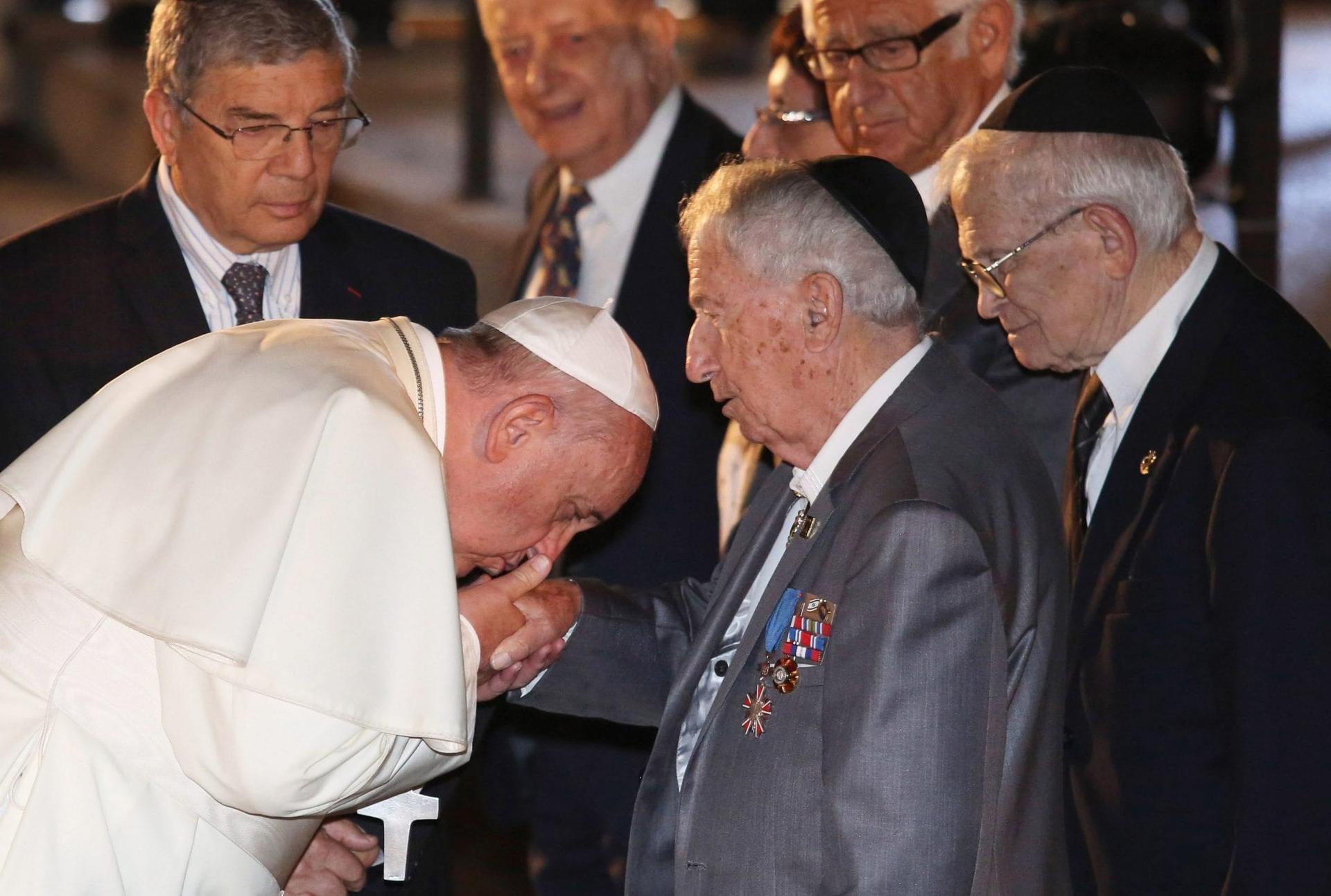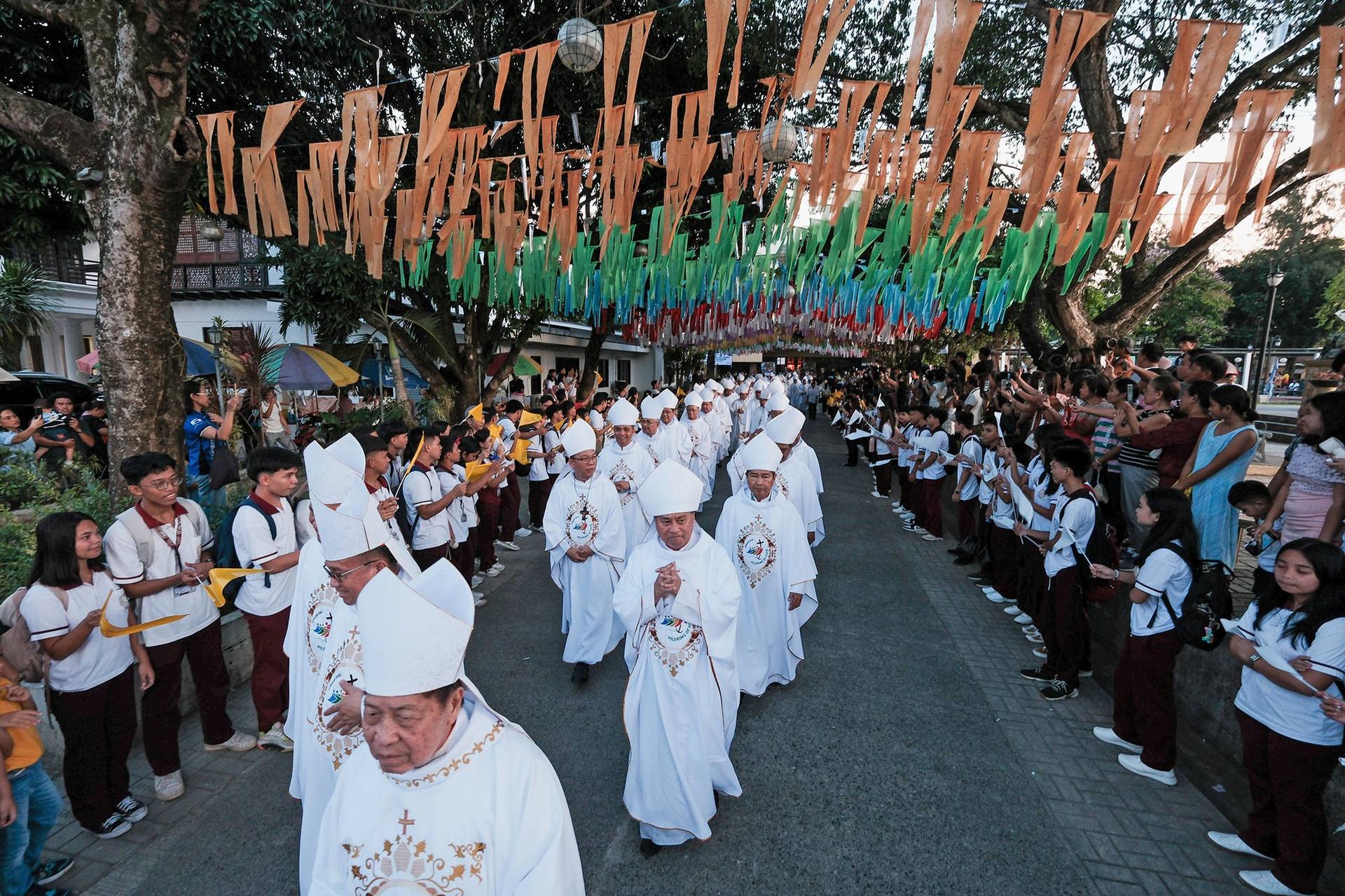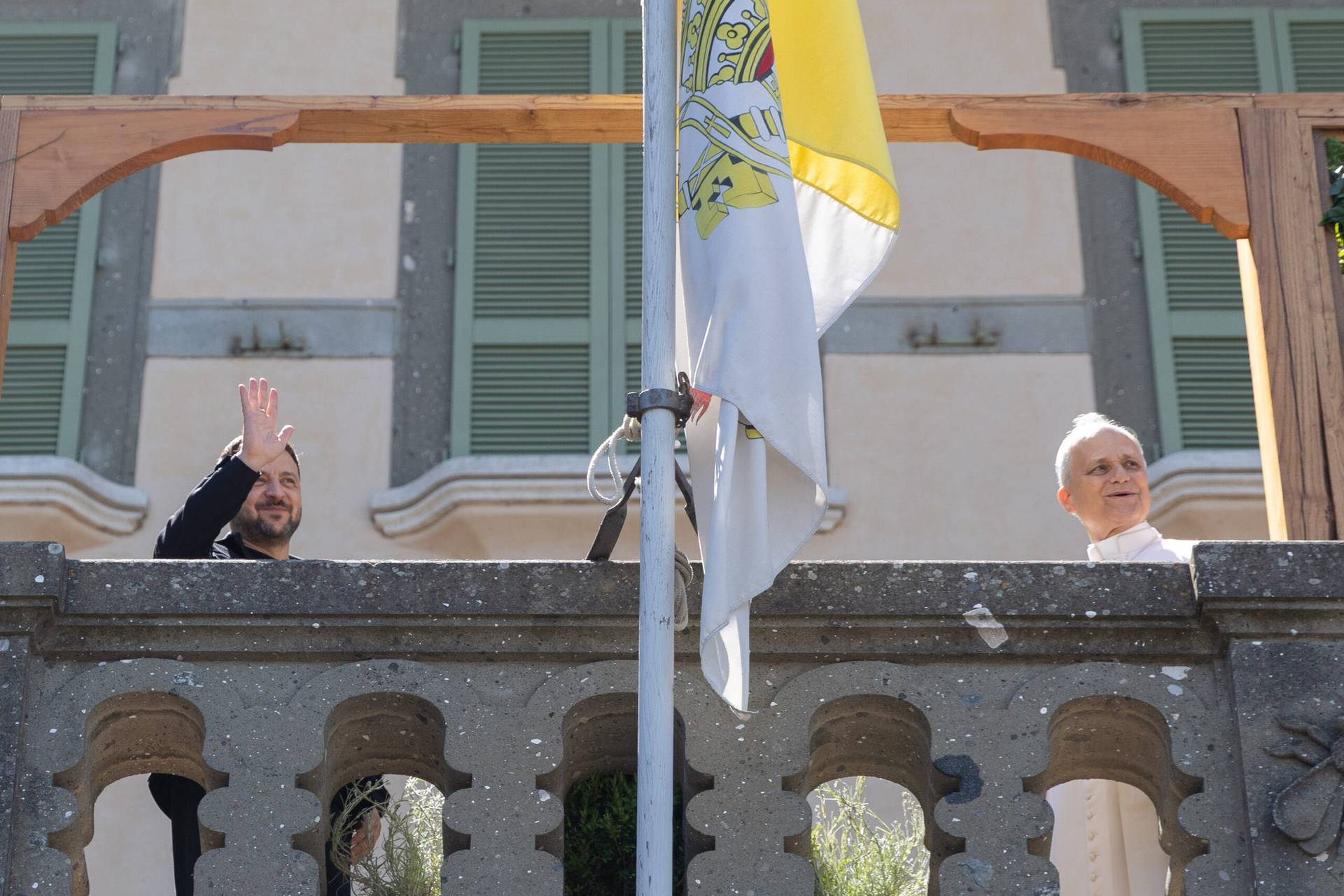BUENOS AIRES — When Pope Francis goes on a silent pilgrimage to the Auschwitz-Birkenau extermination camp this Friday, it will be his first time in the former Nazi concentration camp that stands as the universal symbol of totalitarian horror.
That is one reason he won’t be giving a speech. He wants to go alone and say nothing. “I would like to go to that place of horror without speeches, without crowds — only the few people necessary,” he told journalists on the flight back from Armenia.
“Alone, enter, pray,” he said. “And may the Lord give me the grace to cry.”
The only proper human response — as so many visitors find — to the mystery of such evil is recollection and silent prayer. Francis’ decision to say nothing has been deeply appreciated by the Chief Rabbi of Poland.
But that doesn’t mean he hasn’t spoken and reflected often on the Holocaust, or had plenty to say about it. He is no stranger to the Shoah, both as cardinal archbishop of Buenos Aires and as pope.
Just a few months after his election in March 21013, he met with representatives of the Jewish community in Rome on the 7oth anniversary of the deportation of the Jews from Rome. “A Christian cannot be an anti-semite!” he said on that occasion, praying that antisemitism be “uprooted from the heart of every man and every woman.”
On his pilgrimage to the Holy Land in May 2014 he visited Yad Vashem, the holocaust memorial that renders homage to the six million Jews slaughtered in the Nazi extermination camps. After hearing their stories he tenderly kissed the hands of a half-dozen Holocaust survivors and uttered a prophetic address in the manner of Jeremiah.
“In this place, this memorial of the Shoah, we hear God’s question echo once more: ‘Adam, where are you?’ This question is charged with all the sorrow of a Father who has lost his child,” he said on that occasion.
“The Father knew the risk of freedom; he knew that his children could be lost,” he went on, “yet perhaps not even the Father could imagine so great a fall, so profound an abyss! Here, before the boundless tragedy of the Holocaust, that cry – “Where are you?” – echoes like a faint voice in an unfathomable abyss…”
After praying in silence he wrote in the Yad Vashem guestbook: “With shame for what man, who was created in the image of God, was able to do; with shame for the fact that man made himself the owner of evil; with shame that man made himself into God and sacrificed his brothers. Never again! Never again!”
The following year, he gave a speech to the conference of European rabbis on the 70th anniversary of the liberation of Auschwitz. “The memory of what happened in the heart of Europe,” he told them, “should serve as warning to present and future generations alike.”
Francis’ profound identification with the suffering of the Shoah stems from his time as Archbishop of Buenos Aires, but like St. John Paul II, it begins in childhood.
Growing up in the barrio of Flores, he knew a number of rusos, as Argentine Jews — who are mostly Eastern European Ashkenazi — are affectionately known in Buenos Aires.
Jorge Mario Bergoglio’s Piedmontese father, Mario, used to tell him that Jesus was Jewish, that Jews had been persecuted over the years, and that the Church had sometimes abetted their mistreatment.
The Argentine Jewish population of 200,000 has been diminished by emigration to Israel, but remains one of the most significant diaspora in Latin America. There are over a dozen synagogues in Buenos Aires and a number of significant institutions.
As Austen Ivereigh records in his biography of Francis, The Great Reformer, Cardinal Bergoglio “took Jewish-Catholic relations in Buenos Aires to a whole new level.”
Shortly after he became archbishop, he ordered the renovation of a glass mural installed by his predecessor, Cardinal Quarracino, in the Buenos Aires cathedral. The display contains relics of the Shoah including fragments of prayer books found in the concentration camps that had been retrieved by Holocaust survivors in Argentina.
In a gesture that was deeply appreciated by the Jewish community, Bergoglio had the mural expanded to include a commemoration of the 1992 and 1994 bomb attacks in Buenos Aires on the Israeli embassy and the Argentine-Israeli Mutual Association (AMIA), the first of which killed 29, the second 85.
Cardinal Bergoglio always made sure his auxiliary bishops attended the yearly commemoration of the latter. In July 2010 he went himself, telling journalists that the AMIA attack — alleged to be the work of foreign Islamists — was “another link in the chain of sorrow and persecution that the chosen people of God has suffered in its history.”
Among the many strong relationships he built with Jewish leaders, his deep friendship with Abraham Skorka, the rector of the Latin-American Rabbinical Seminary in Buenos Aires, stands out. The two wrote together a volume of reflections, On Heaven and Earth, in which they touched on the Shoah.
While the question “Where was God” was an important theological and human question, “Where was man?” was an even bigger question, Bergoglio wrote, adding that unlike other genocides of the 20th century, the Shoah had a distinctive element, an “idolatrous construction” in which the Nazis claimed to be god and tried to eradicate Judaism.
In 2012, when Bergoglio was Chancellor of the Pontifical Catholic University (UCA) of Buenos Aires, he arranged for Skorka to receive an honorary doctorate, an unprecedented act that was of enormous symbolic value given the history of anti-Semitism in some quarters of the Catholic Church. Skorka, the son of Holocaust survivors, received it as an homage to the Shoah.
Bergoglio also regularly hosted at the cathedral the annual commemoration of the Kristallnacht, the 1937 pogrom that began the Nazi path to the death camps. On one occasion he lambasted the western nations that did so little to halt the ‘death convoys.’
“At that time, many pretended not to notice,” he said. “Not just individual men and women washed their hands, but whole countries who for reasons of political convenience looked the other way even when they had means at their disposal, such as that power that had a way of gaining entry into the extermination camp yet did not dare to bomb it.”
As cardinal he also made sure the Shoah was taught in diocesan schools and seminaries, and in 2012 he sent three seminarians to Yad Vashem.
His visit to the synagogue in Rome on 17 January this year — which took place against the background of the terror attack on Paris in which Jews lost their lives — was a poignant opportunity to recall the Holocaust.
“Six million people, merely because they belonged to the Jewish people, were victims of the most inhuman barbarism perpetrated in the name of an ideology that sought to replace God with man,” he said on that occasion.
Their tears, he went on, “must never be forgotten.” And he added: “The past must be a lesson to us for the present and the future. The Shoah teaches us that maximum vigilance is always needed in order to intervene rapidly in defense of human dignity and peace.”
For Francis, embracing God’s mercy means first being able to shed tears with those who have suffered great evil. Only when we hear the cries from the death camps can we begin to cry also for the migrants crossing the Mediterranean or the religious minorities suffering appalling persecution. In their cries are the continued tears of the Shoah.













